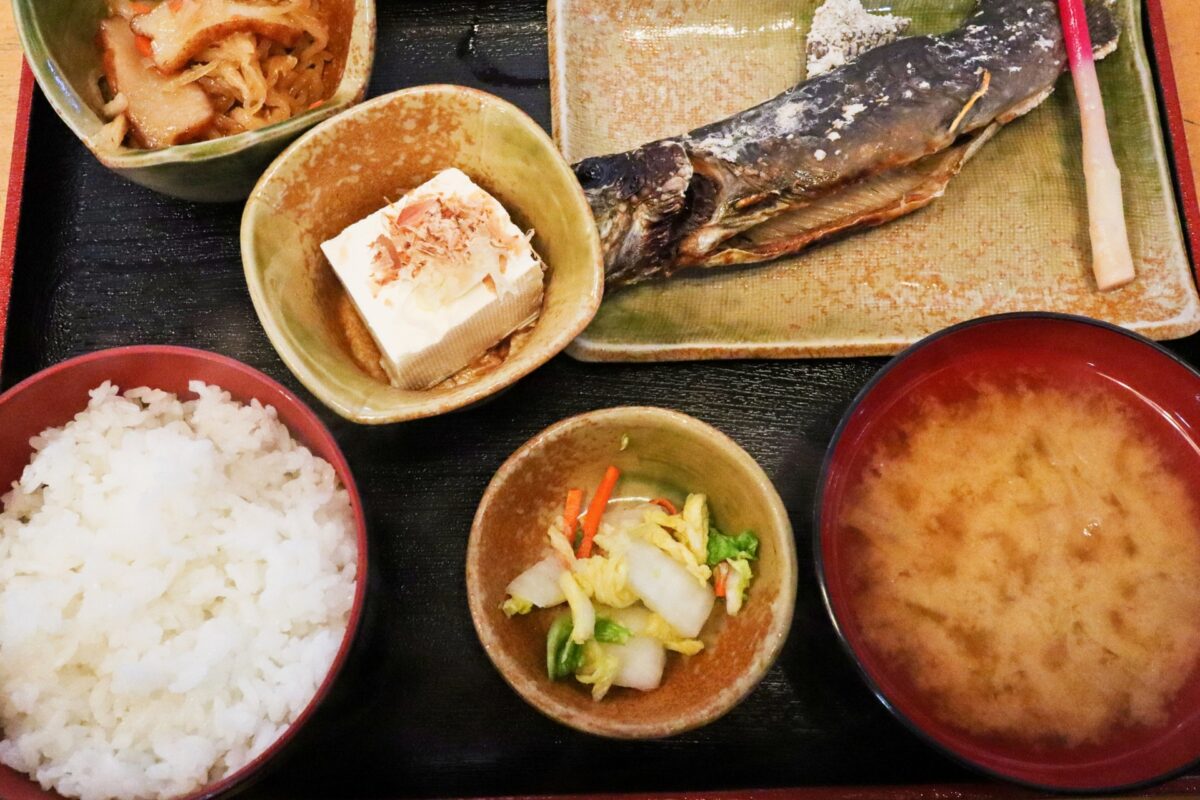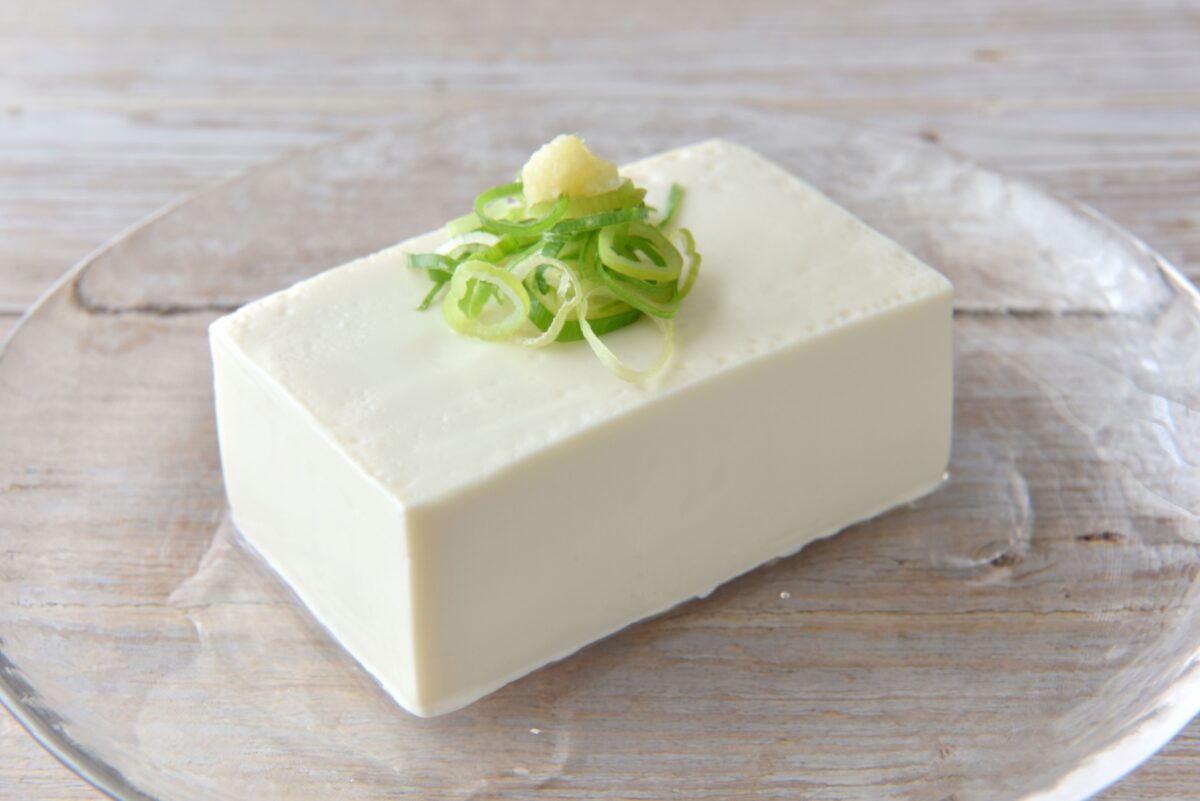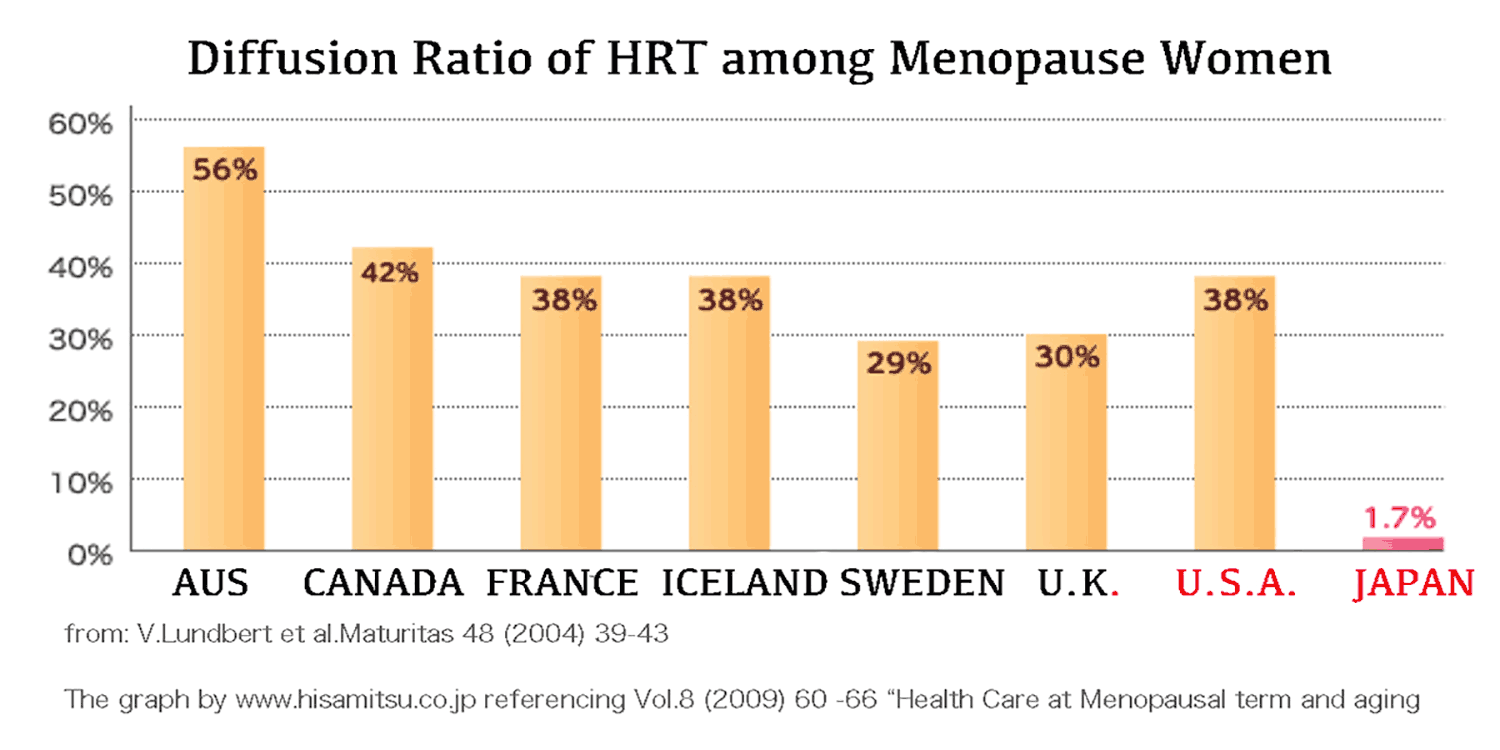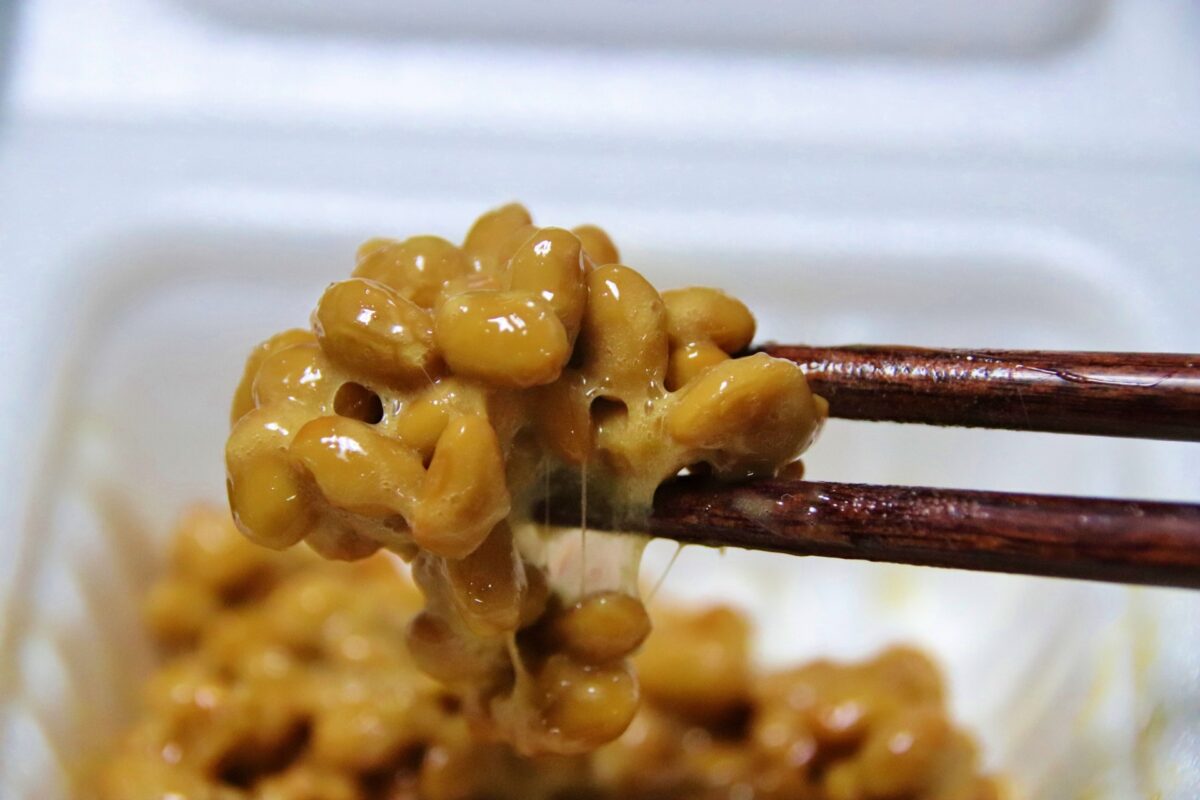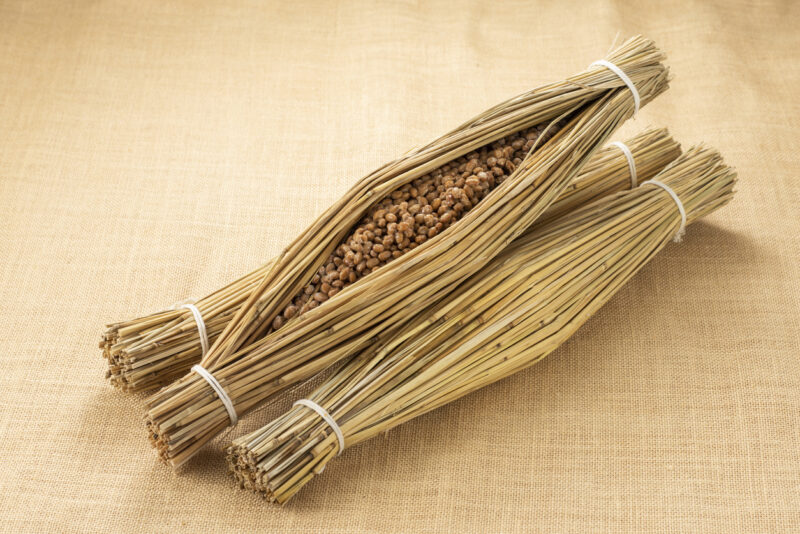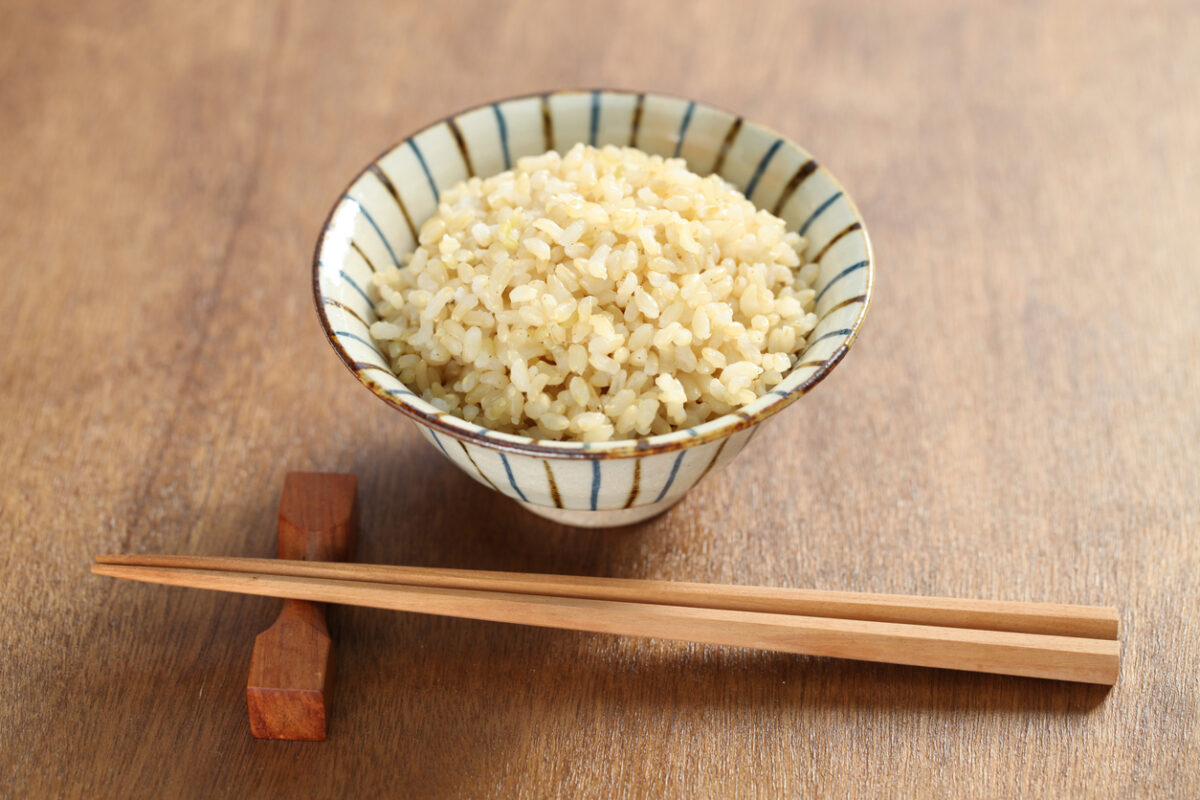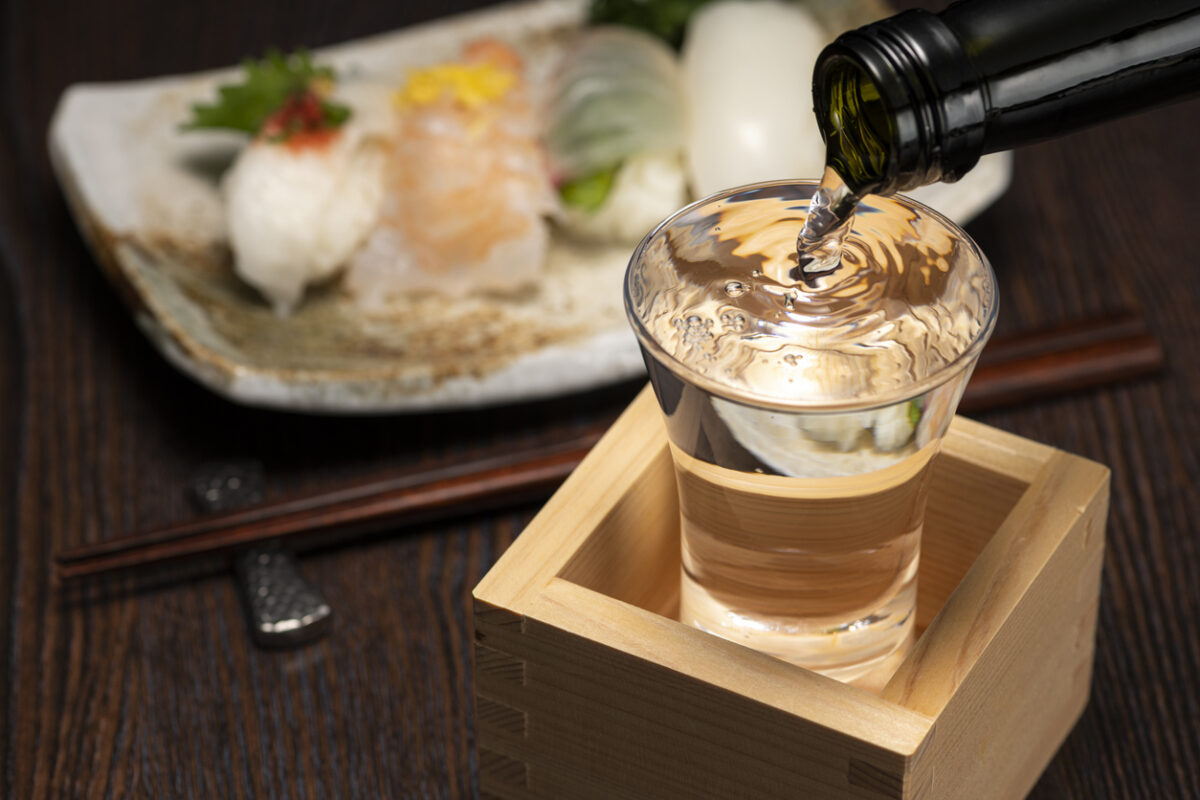Welcome Spring with a Fresh Start
Spring is finally here! As the days grow longer and nature comes back to life, it’s the perfect time to refresh and reset your body. Winter may have left you feeling sluggish, making now the ideal moment to support your body’s natural detox processes. A gentle spring detox can help improve digestion, boost energy, and promote overall well-being, especially for women over 50 who want to maintain vibrant health.

Why Detox in Spring? The Perfect Season for Renewal
Spring represents renewal, both for nature and for our bodies. During the colder months, people often consume heavier, comfort foods while staying indoors more. This can slow metabolism and impact overall health. A spring detox is about lightening the load—giving your body a break from processed foods and embracing natural, nourishing habits.
By focusing on whole foods, hydration, and gentle movement, a detox can help eliminate toxins, enhance digestion, and support hormonal balance. Unlike extreme cleanses, a spring detox should be gentle and sustainable, helping you feel revitalized without stress on your body.
Best Detox Foods for Women Over 50
Superfoods for Liver Health
The liver plays a crucial role in detoxification. Supporting liver function with the right foods can improve digestion and hormone balance. Some of the best detox-friendly foods include:
- Leafy greens (spinach, kale, arugula) help flush out toxins.
- Cruciferous vegetables (broccoli, Brussels sprouts, cabbage) support liver enzyme activity.
- Turmeric and ginger aid digestion and reduce inflammation.
Hydrating Fruits and Vegetables
Staying hydrated is essential for detoxification. Certain fruits and vegetables provide hydration along with essential vitamins and antioxidants:
- Cucumbers and celery are high in water content and support kidney function.
- Lemons and oranges are rich in vitamin C and help cleanse the liver.
- Berries are packed with antioxidants that combat oxidative stress.
Gentle Detox Practices for a Healthy Body
Herbal Teas and Hydration Tips
Drinking detox-friendly teas and increasing water intake can help flush toxins and improve digestion. Some great options include:
- Dandelion tea to support liver function.
- Green tea for its antioxidants and metabolism boost.
- Warm lemon water to jumpstart digestion in the morning.
Light Fasting and Gut Health
Intermittent fasting can give your digestive system a break, allowing it to function more efficiently. Even a simple 12-hour overnight fast can improve gut health and energy levels. Incorporating fermented foods like miso, kimchi, and sauerkraut can also support gut microbiota, improving digestion and immunity (source).
Spring Movement: Detox Through Exercise
Low-Impact Workouts for Joint Health
As women age, joint health becomes more important. Low-impact exercises help detox the body by improving circulation and lymphatic drainage. Consider adding these activities to your routine:
- Walking in nature to stimulate circulation and reduce stress.
- Yoga and stretching to enhance flexibility and digestion.
- Swimming for a full-body, joint-friendly workout.
The Benefits of Outdoor Activities
Spending time outdoors in the fresh air supports overall well-being. Sunlight helps regulate circadian rhythms and boosts vitamin D levels, essential for bone and immune health. Gardening, hiking, or even short nature walks can support physical and mental detoxification.
Supporting Hormonal Balance with Natural Detox Methods
Managing Menopausal Symptoms Naturally
For women over 50, hormonal balance is key to feeling energetic and healthy. Supporting the body’s detox pathways can help manage symptoms like fatigue, bloating, and mood swings. Eating fiber-rich foods, staying hydrated, and reducing alcohol and sugar intake can aid hormonal stability.
The Role of Plant-Based Nutrition in Detox
Japanese dietary habits emphasize plant-based proteins, which can support both detoxification and hormone balance. Fermented soy products like miso and natto contain isoflavones, plant compounds that help regulate estrogen levels. Studies suggest that Japanese women experience fewer menopausal symptoms due to their diet rich in fermented soy (source).
Conclusion: Embrace a Gentle Detox for a Healthier You
Spring detox doesn’t have to be extreme. By making small, sustainable changes—eating whole foods, staying hydrated, moving your body, and supporting hormone balance—you can refresh your body and mind naturally. Taking inspiration from Japanese dietary habits can further enhance your detox process, keeping you feeling vibrant and youthful this season.
Embracing Japanese Longevity Secrets
Japan is known for its exceptional longevity, and much of this can be attributed to its diet. Japanese women, in particular, maintain better overall health as they age, partly due to their nutrient-rich, plant-based eating habits. Fermented soy products like miso and natto are staples in their diet, providing not only plant-based protein but also essential compounds like isoflavones, which support hormonal balance.
Take the benefit of fermented isoflavone of Miso through our supplement
The key ingredient in miso soup, which Japanese people consume daily, is miso (fermented soybean paste). It not only provides plant-based protein but also contains isoflavones that are broken down through fermentation. These isoflavones help regulate hormone balance and are known to offer various health benefits.
Juveriente®’s Effisoy, launched in 2016, based on fermented soy bean germ extract has been loved as a natural menopause relief since its launching in 2016.
Its primary function is to boost the weakened synthesis of a hormone precursor, DHEA. It helps the precursor, DHEA. Rebalancing the precursor will eventually recover your hormones in line with your natural balance. It will help you refresh your various functions for your beauty.
Here are some of the real product reviews in our Amazon shop.
“Restful sleep finally!!”, “I Am Now Free of Hot Flashes!!”, “Lifesaver”







